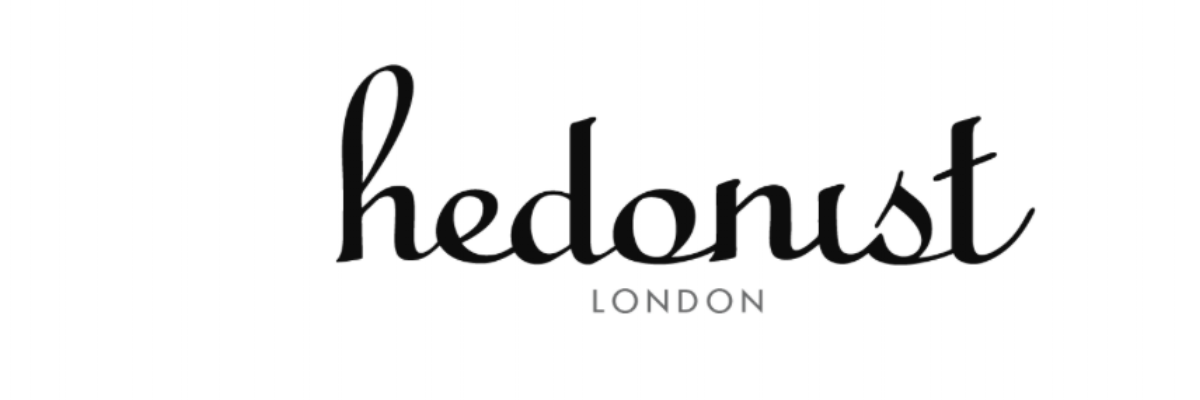Coming from a family of beekeepers, I am interested in the viability of utilizing insects and their waste streams to create future craft artefacts. Already science is exploring the potential of insects for food production and to satisfy our future dietary needs, however, I am primarily interested in using insects as co-partners in the design process, - rather than consume them I am interested in how we can work with them and explore how their natural waste streams could be harnessed in the production of valuable craft artefacts in the future. Initially, I am interested in two insects that we currently farm, - the common honey bee, which produces propolis, - a natural bio-degradable resin and the Indian silkworm, which discards it’s hard cocoon when it reaches maturity.
Marlene Huissoud
Propolis
The propolis is a bio degradable resin that honey bees collect from different trees and use as a sealant for unwanted open spaces in the beehive. Its colour depends on the forests and botanical sources used in the collection by the honey bees. The most common one is brown, but there are plenty of variations in colours and properties. I chose to work with a black propolis from rubber trees. The propolis, at its first stage, is a mix of between 50 to 150 different components (wax, balsams, resins, pollen, essential oils…)
To be able to have a pure sample of the material, I had to clean the propolis. I did this by heating all the substances together in a large bowl of water. Thanks to the boiling point the wax and all the others substances will emerge at the surface of the water. It is the process of extracting the propolis from its natural stage.
Once a year the beekeeper has to remove a bit of the propolis in order to extract the honey from the frames of the beehive. We are talking about small quantities, which are less than 100 grams per hive per year. It is thus a really precious and unique material.
Propolis Vessels
I have made a collection of vessels from propolis using different glass techniques because the black propolis is similar to glass.
The vessel is one of the most common products from glass that we know as an industrial material.
The propolis was manipulated as a glass but has revealed other properties that give it unique and unexpected characteristics (e.g. colours, texture, facility to manipulate engraved glass).
As I wanted to develop my materials using traditional techniques, I went to work in a glass workshop to learn from a specialised craftsman. We worked with different glass techniques including venetian techniques, glass blowing and engraved glass. For example we tried many venetian techniques, which specifically makes long stripes from a material. Although it worked it was much too fragile to be considered for the making process in this instance.
After many experiments, we succeeded in blowing the propolis using the same basic technique as with glass. The process is long because a kiln has to be specifically adapted for the propolis, since the melting point of the propolis (100°) is lower than the glass (1200°).
Many engraved techniques were also developed throughout the project. By using the engraved glass techniques I can remind us from where the material came from, and replicate specific textures found in the insects world.
Wooden Leather
The silkworm cocoon is composed by a thread of raw silk from 300 to 1000 meters which represents hundreds of layers of fibres. The cocoon can be cut in two parts and the fibres can be extracted one by one. The fibres contain a natural glue called Sericin, it is a resinous substance that links the silk fibres together in the raw stage of the sericulture. This natural glue can be activated by spraying water and heating the fibres. The outcome of this process is the creation of a strong paper.
I have been creating meters and meters of paper. To give strength to the material and change its natural state, I made a varnish with the propolis and applied it on top of the paper. The result is a wooden leathered material.
The wooden aspect of the material comes from the thousands and thousands of fibres combined together in the silkworm’s paper.
This new material can be used for different applications such as furniture design, fashion design and surface design.





